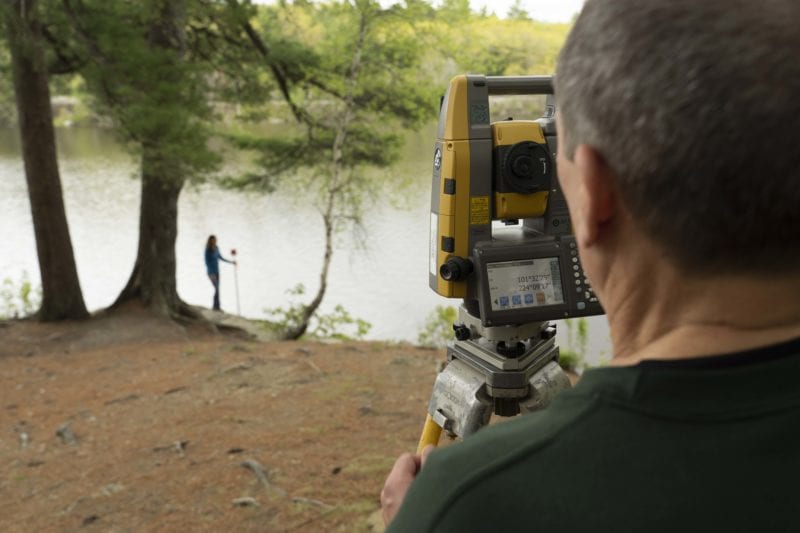If you own a structure or plan to build a structure on property mapped in a flood plain, don’t be surprised if your lending institution requires you to purchase flood insurance. While this might not sound like a big deal at first, when you first see the cost of carrying this insurance, you might start thinking this actually is kind of a big deal. Flood insurance can be costly!
The Federal Emergency Management Agency, or FEMA for short, publishes Flood Insurance Rate Maps (FIRMs), which show land areas in flood zones. If the structure you own or plan to build falls into a flood zone area per the relevant FIRM map, you are in flood zone territory and should keep reading…
An elevation certificate, the very topic of this blog, maybe something that can help you.
What exactly is an elevation certificate?
An Elevation Certificate documents essential features of your property, including its location, flood zone, building/proposed building characteristics, elevation/proposed elevation of its lowest floor, and the elevations of existing grades around the building/proposed building.
Just because your structure/proposed structure is mapped in a floodplain according to FEMA’s maps doesn’t mean it’s actually in a floodplain. You see, FIRMs are somewhat general and sometimes don’t accurately represent the elevations in and around your structure.
With the help of a licensed professional to certify elevation information, a site visit to your property will produce accurate elevations at your specific site. Once field data is collected, an elevation certificate can be completed. Depending on the results, the certificate can be submitted to your insurance company to quote your flood insurance premium or, even better, be used in conjunction with a Letter of Map Amendment (LOMA) to remove your structure entirely from the flood zone, negating the need for flood insurance at all.
A surveyor is a licensed professional who can work with you on an elevation certificate. After a site visit is conducted, an elevation certificate is produced. If it is determined your structures are not in the flood zone, your surveyor will also apply for LOMA on your behalf. Once FEMA accepts the application
and issues the LOMA, your structure will be removed from the floodplain, and flood insurance is no longer mandatory. However, some mortgage holders may still require you to carry a “preferred risk” rated flood insurance policy, which is much less expensive than a higher risk-rated premium flood insurance.
How long will the process take?
Once the surveyor has visited your property, you can expect to receive a new Elevation Certificate within five business days. However, this timeline can vary depending on your property’s complexity, the surveyor’s experience, and their familiarity with the area.
We can help!
Herrick & Salsbury, Inc. has completed many, many elevation certificates and LOMA’s for our clients over the years. If you are told you are in a flood plain, call us. We have the experience to help you navigate your options.






